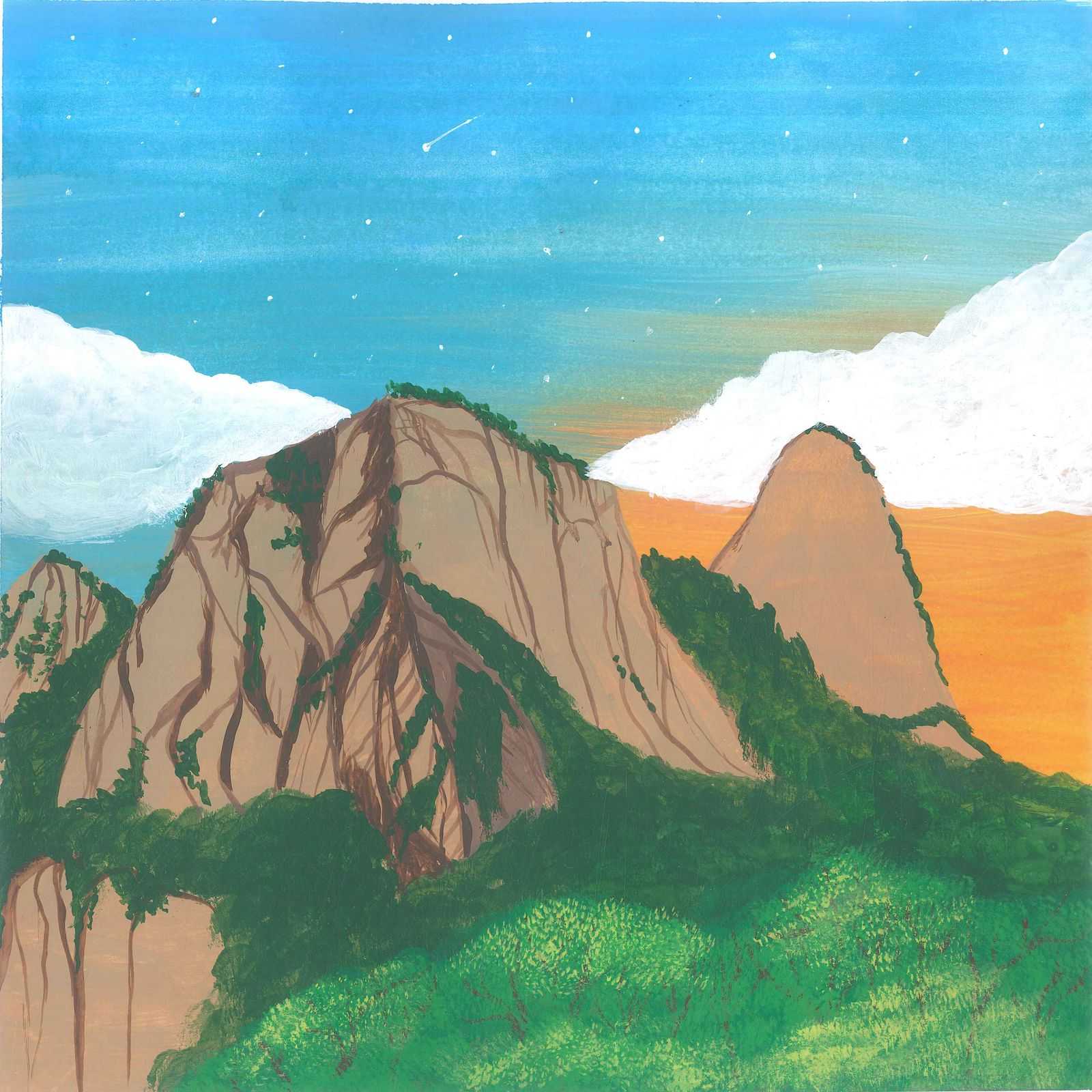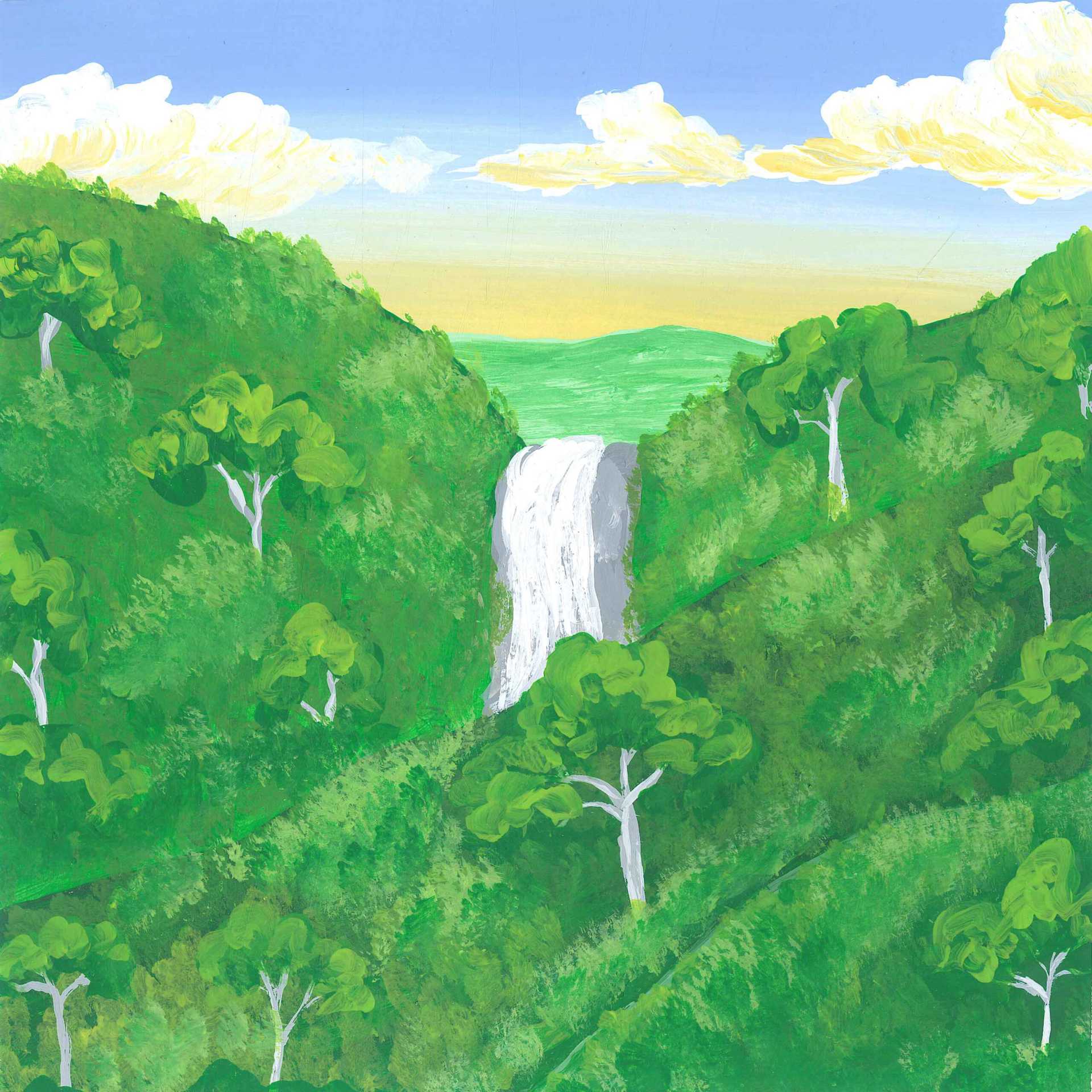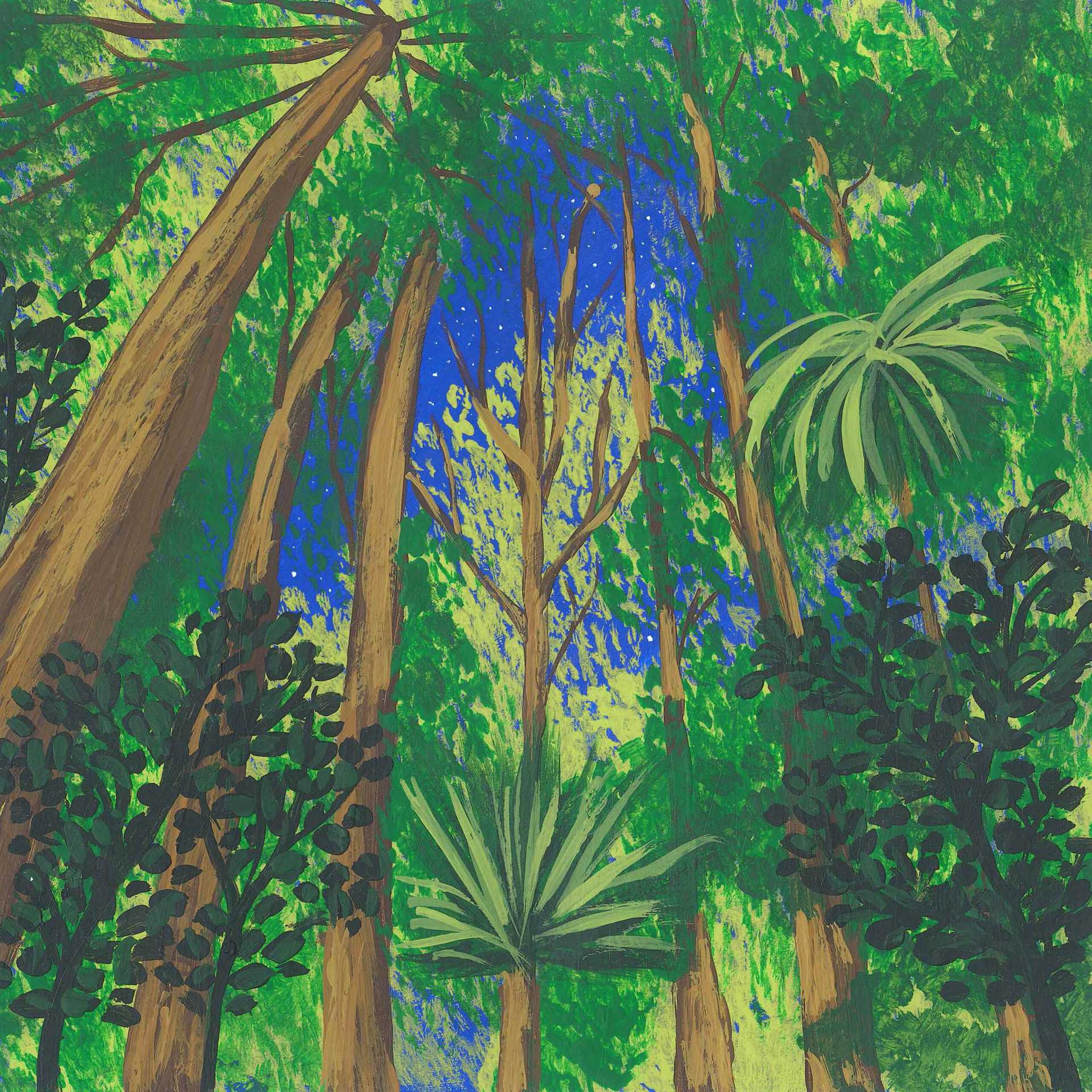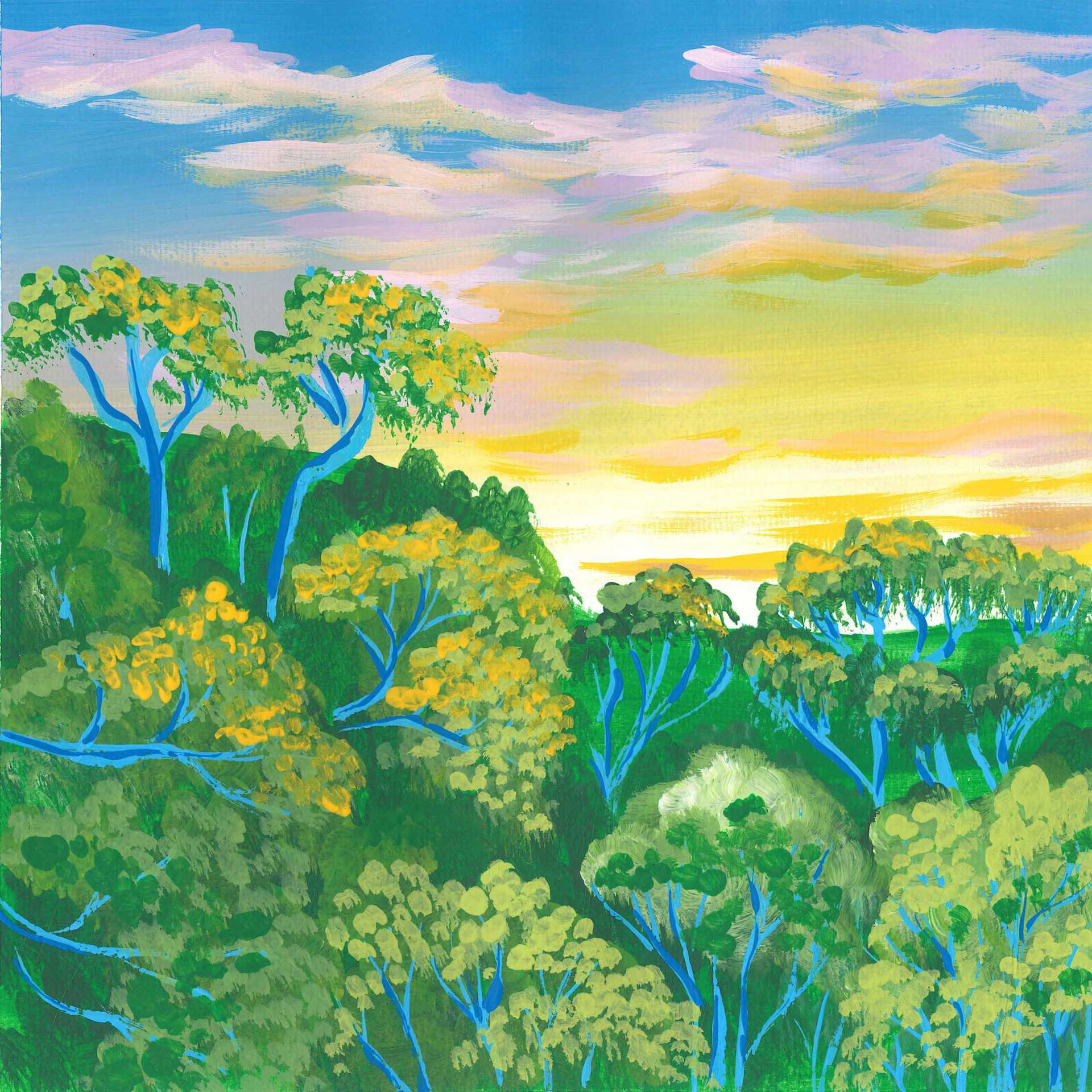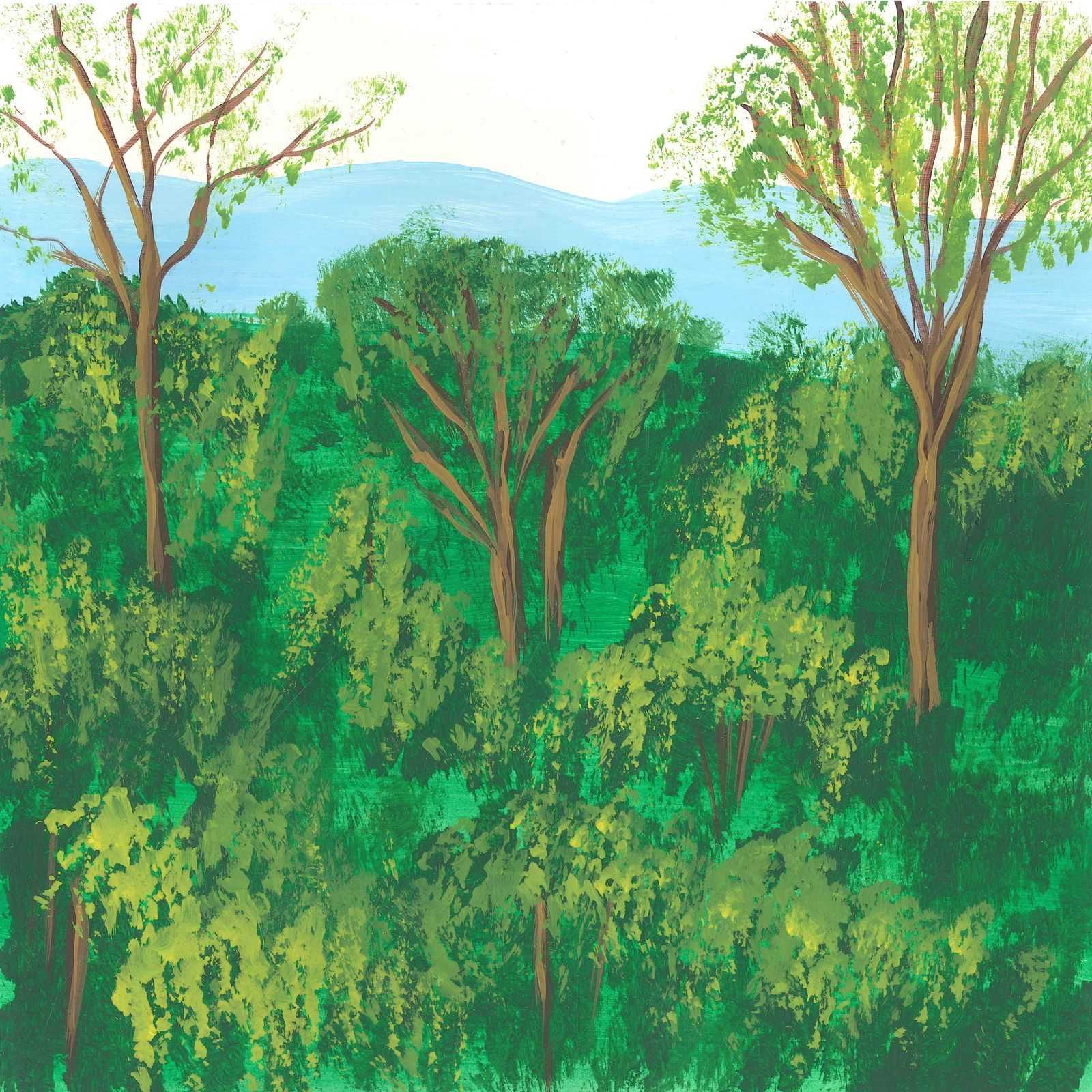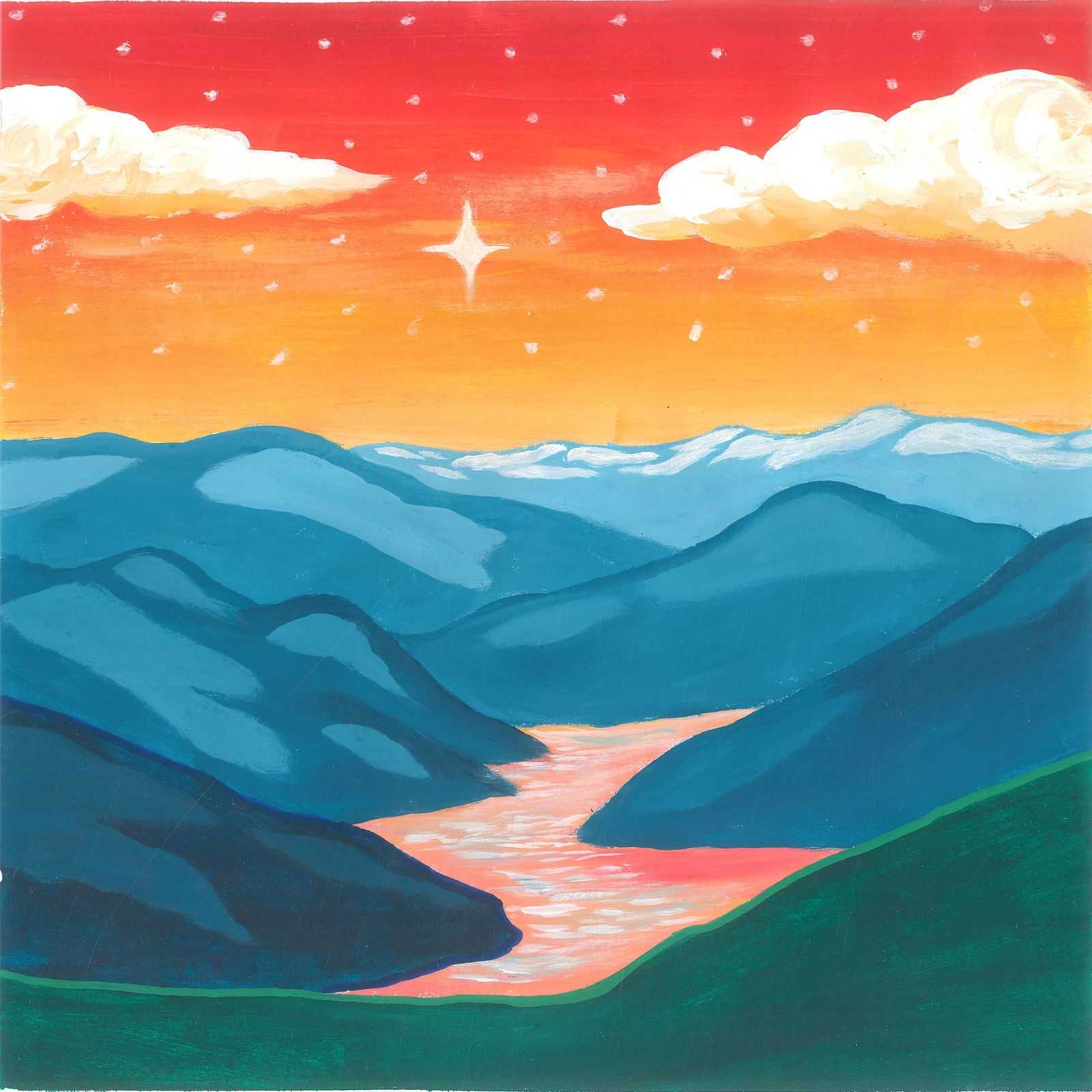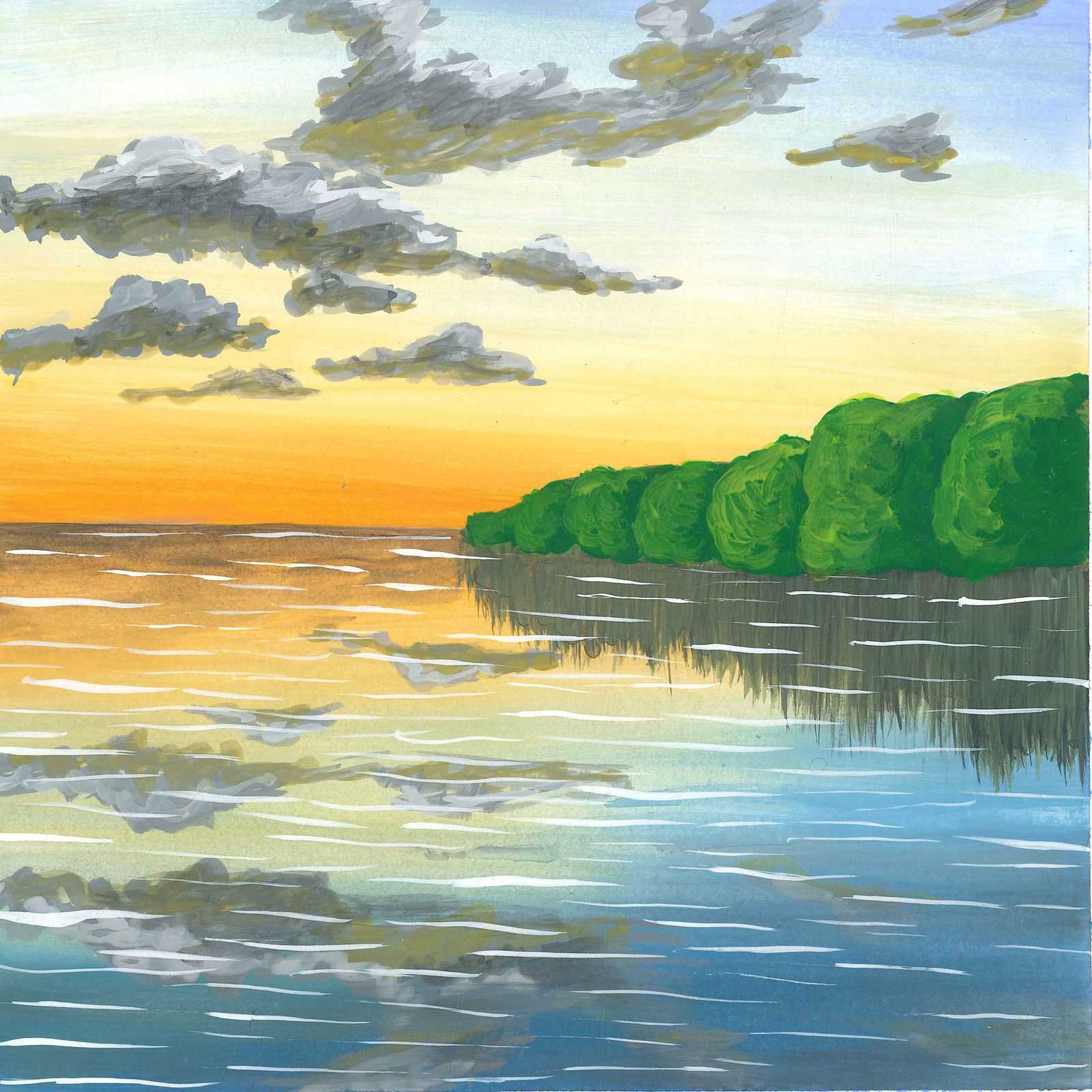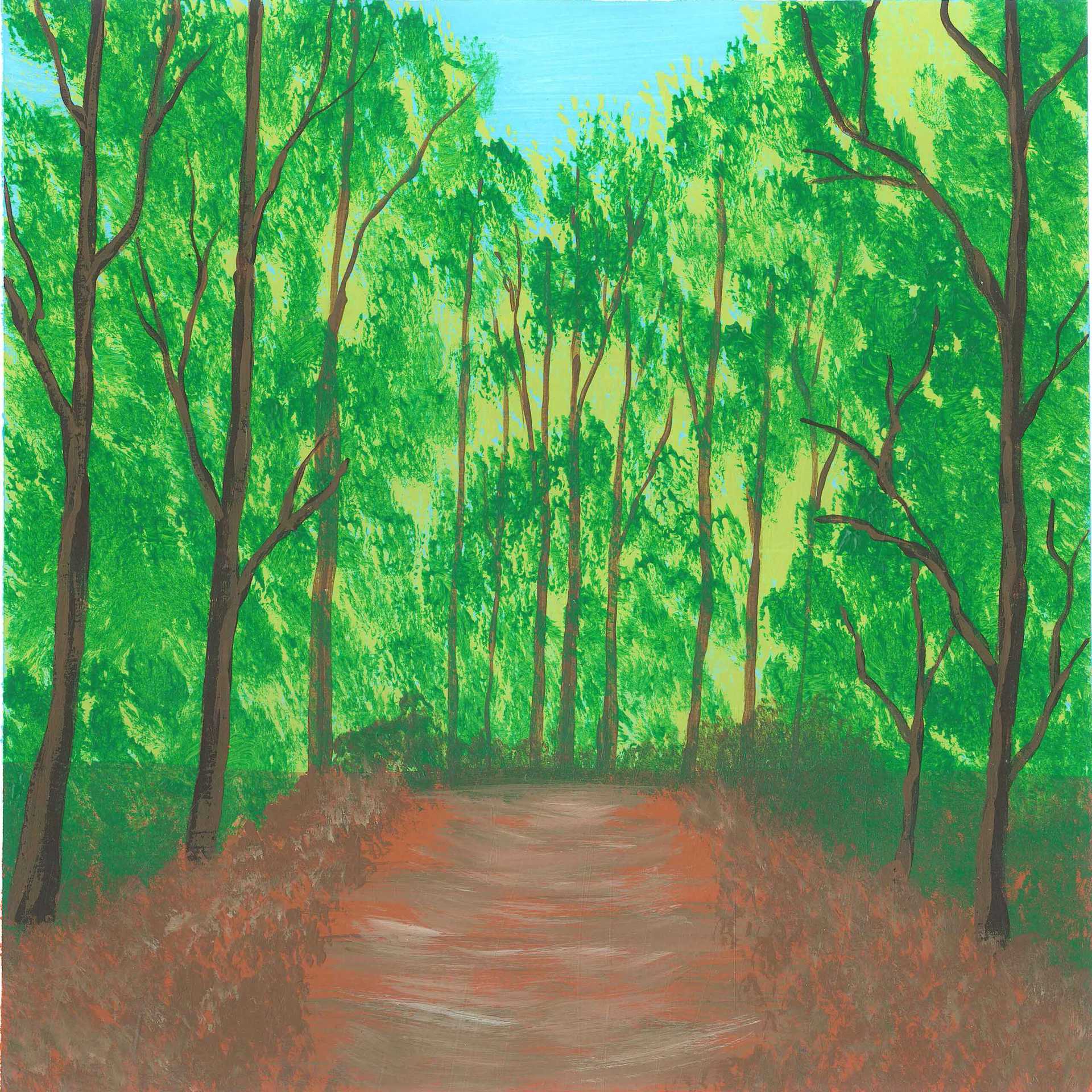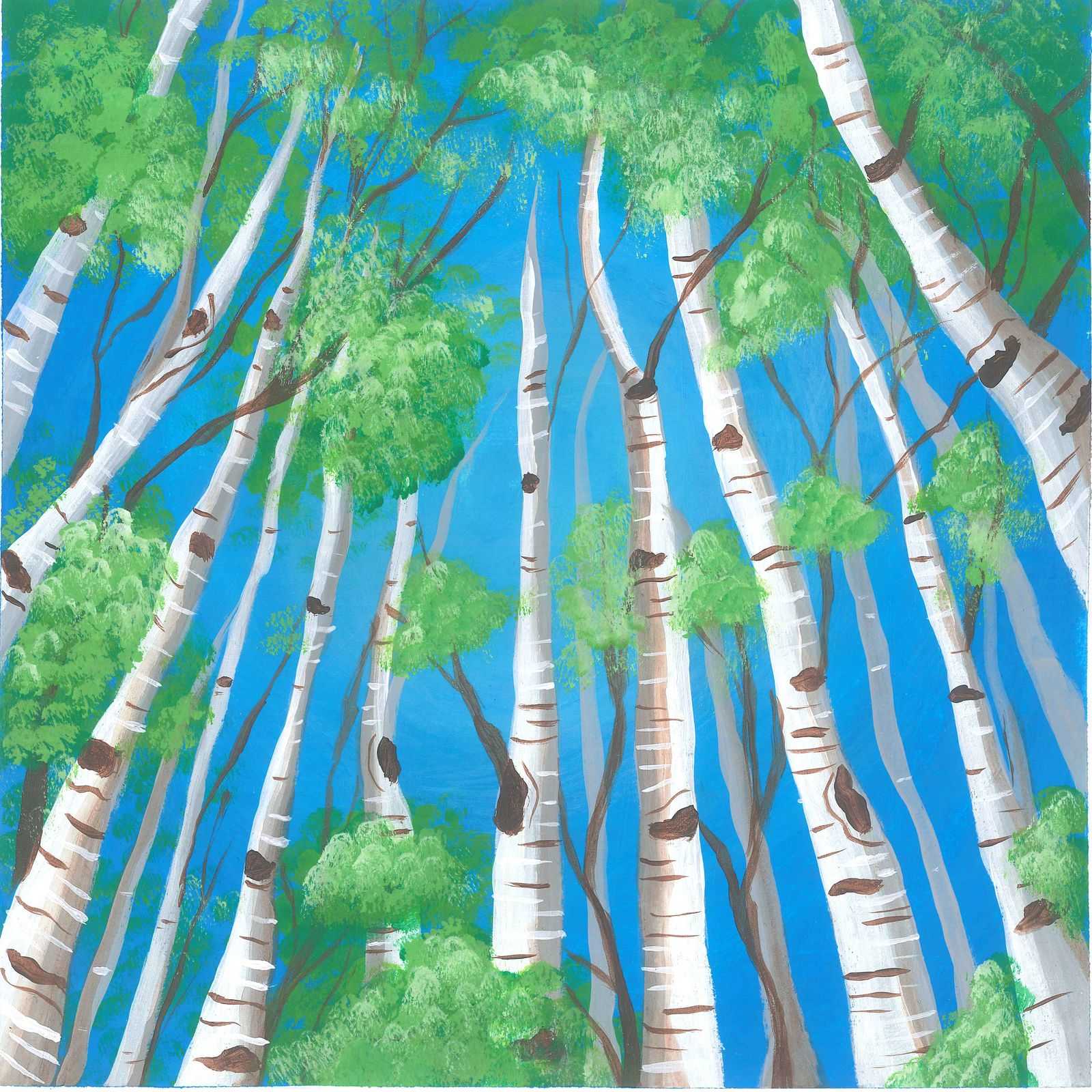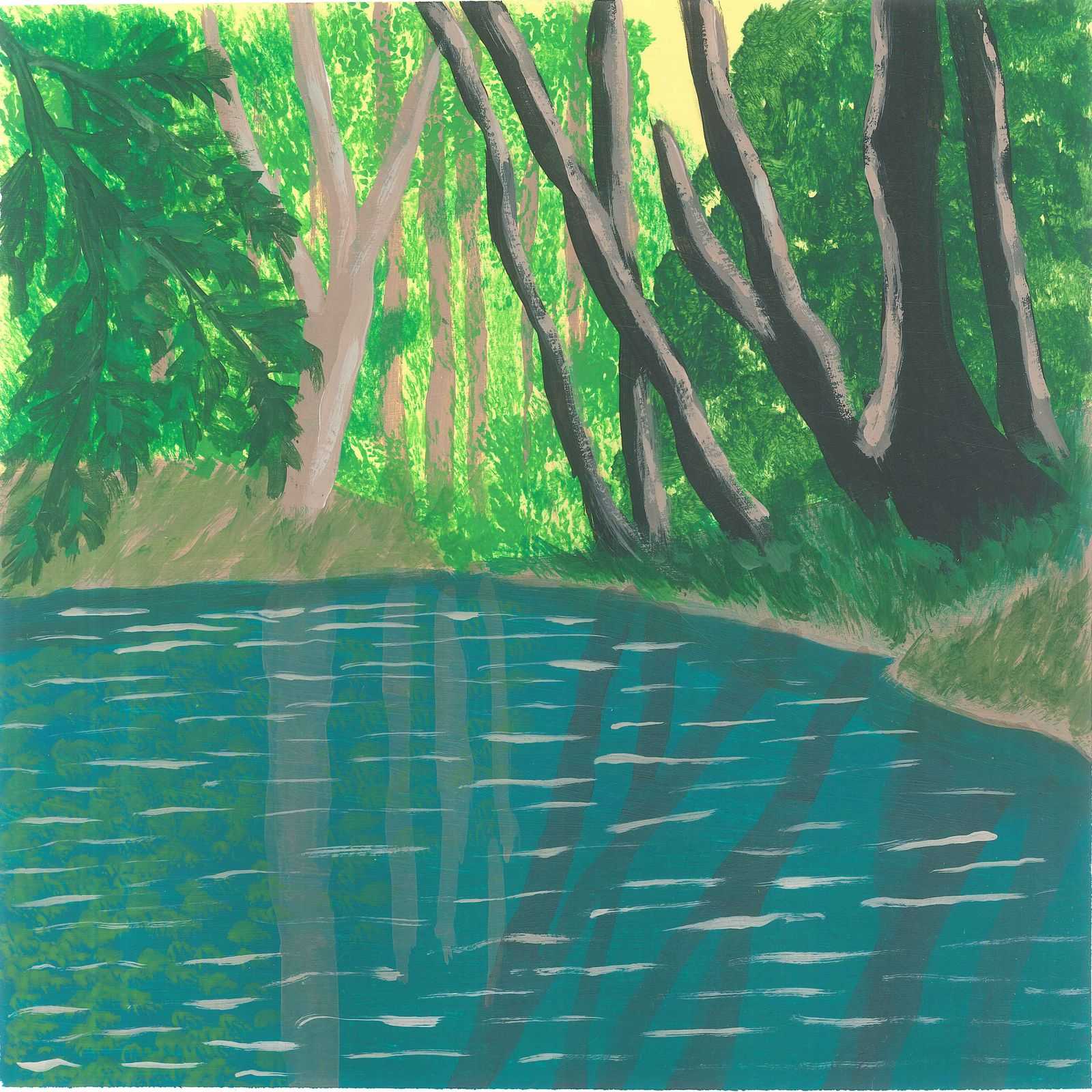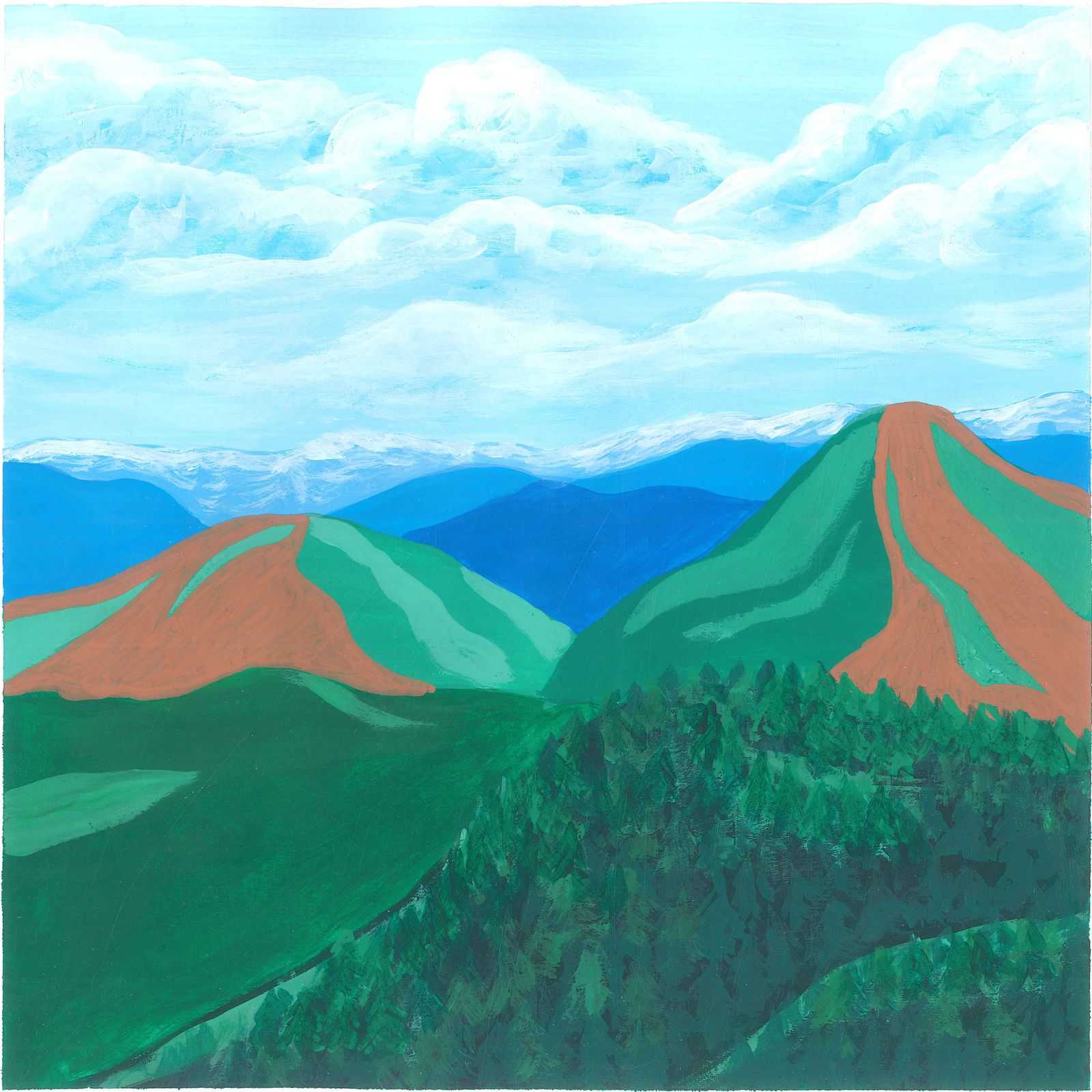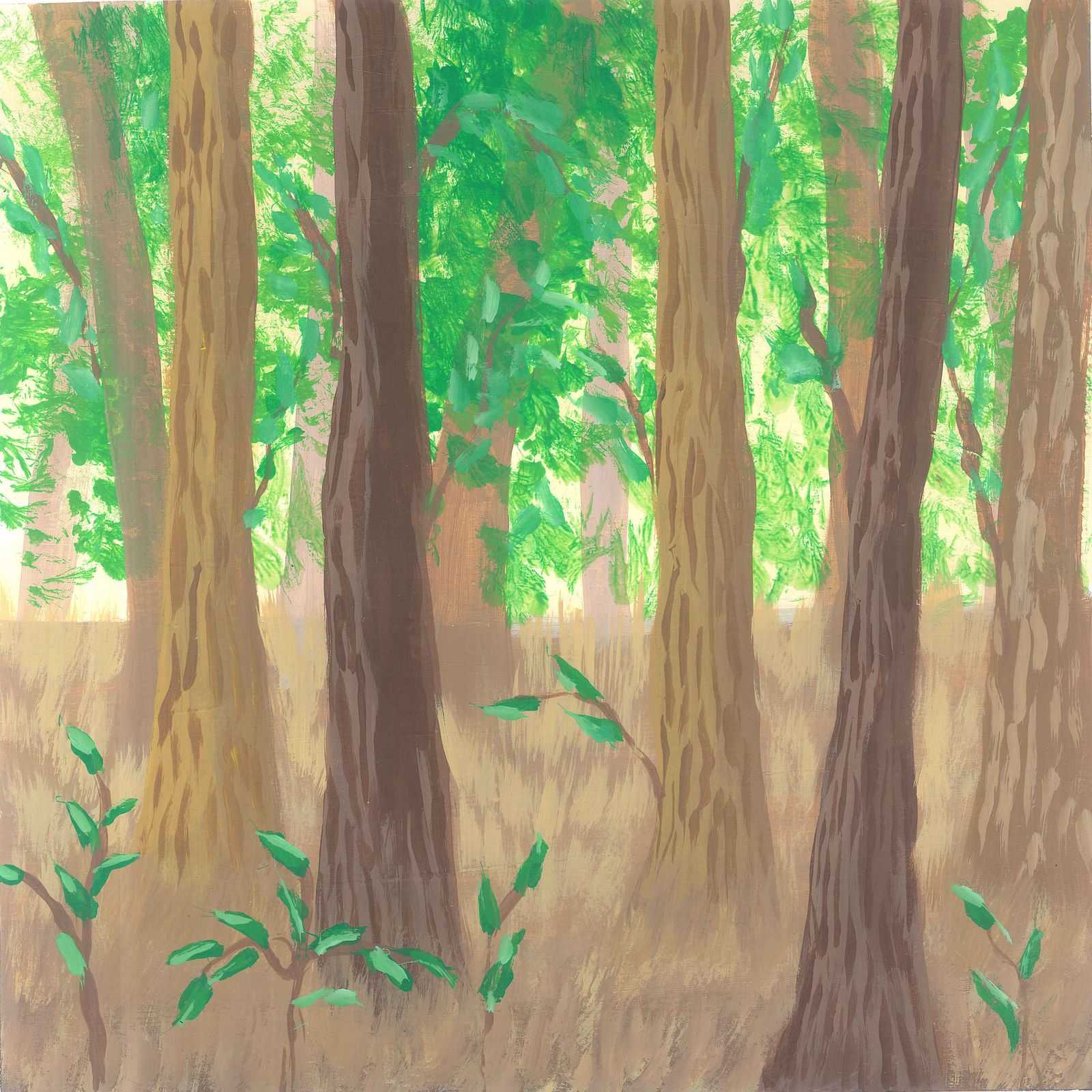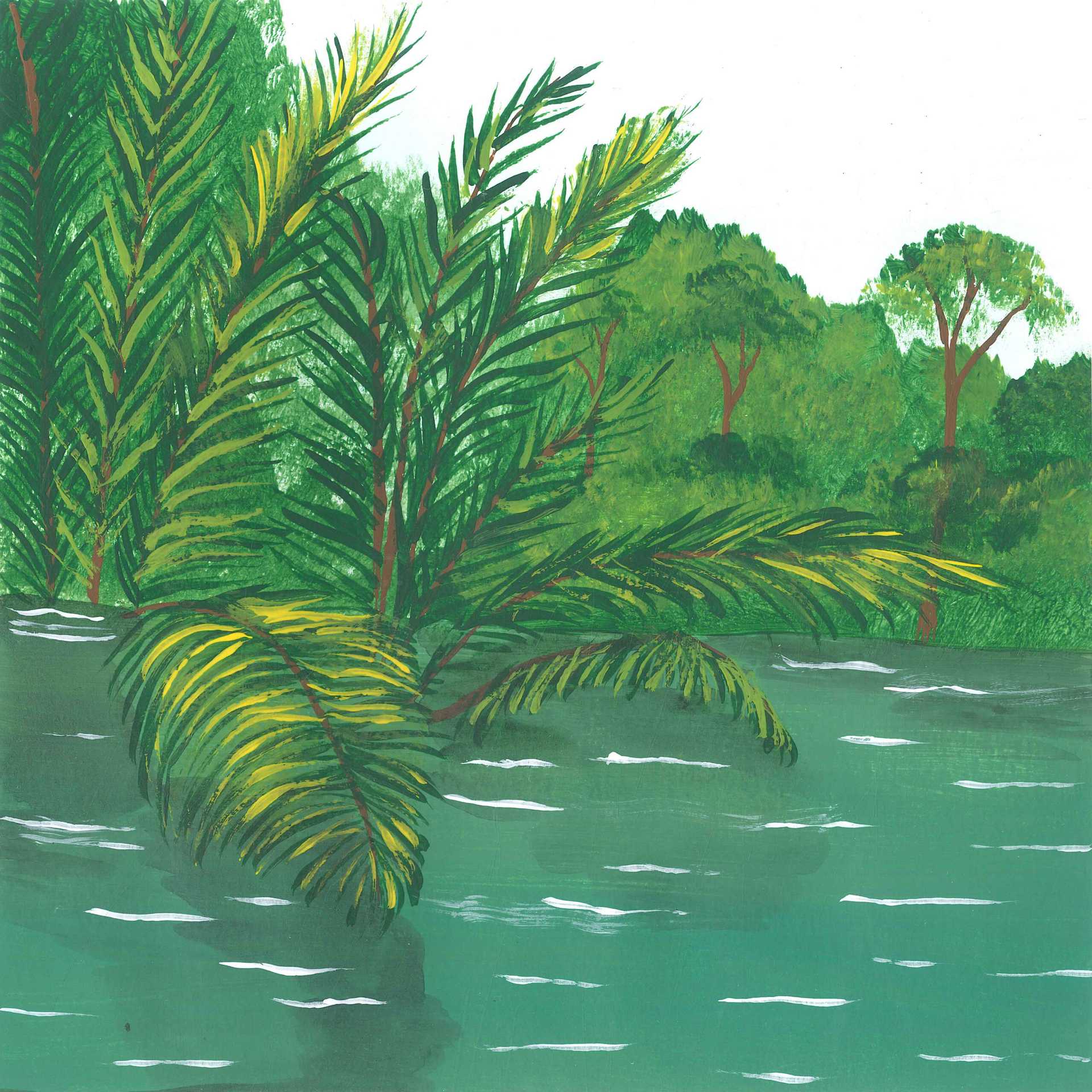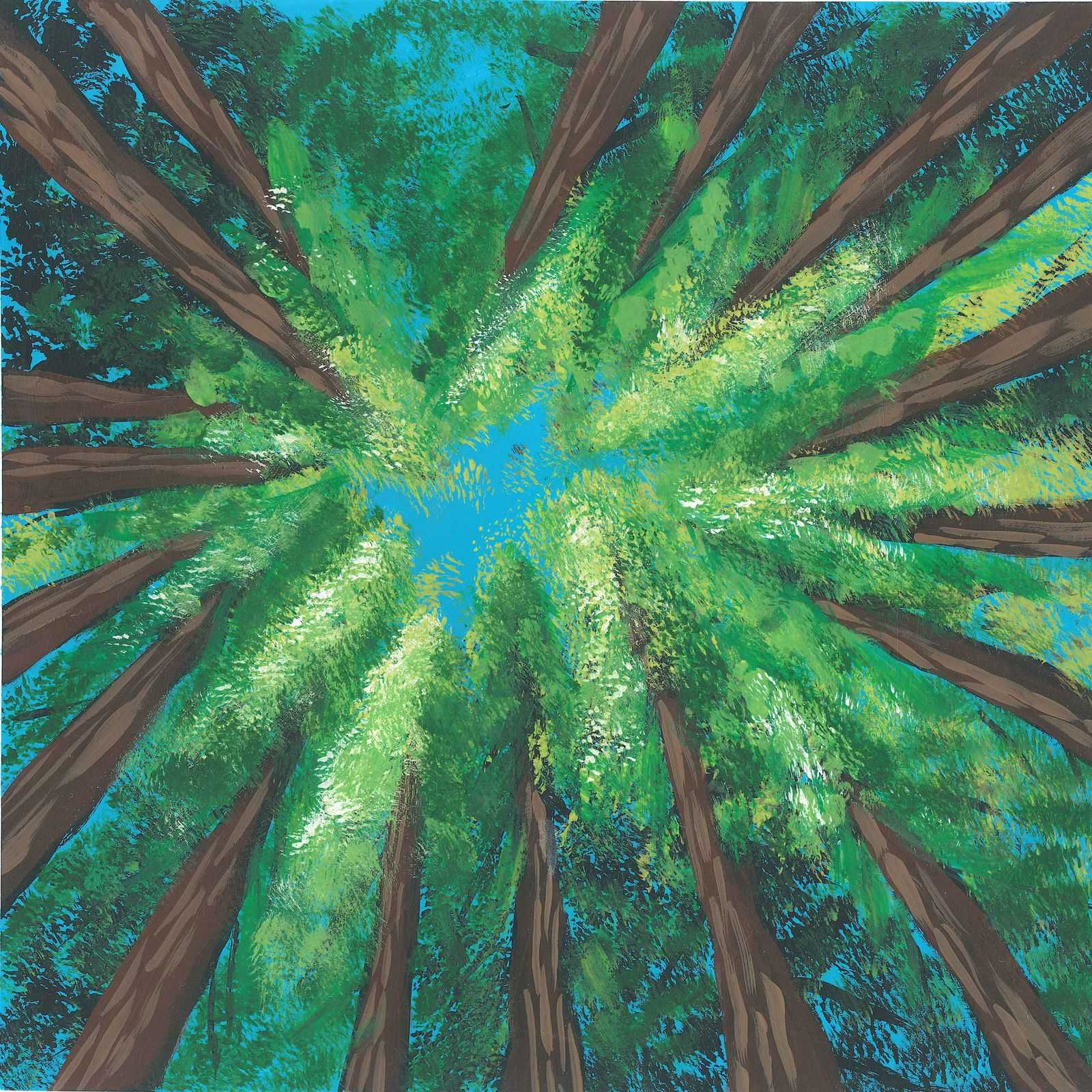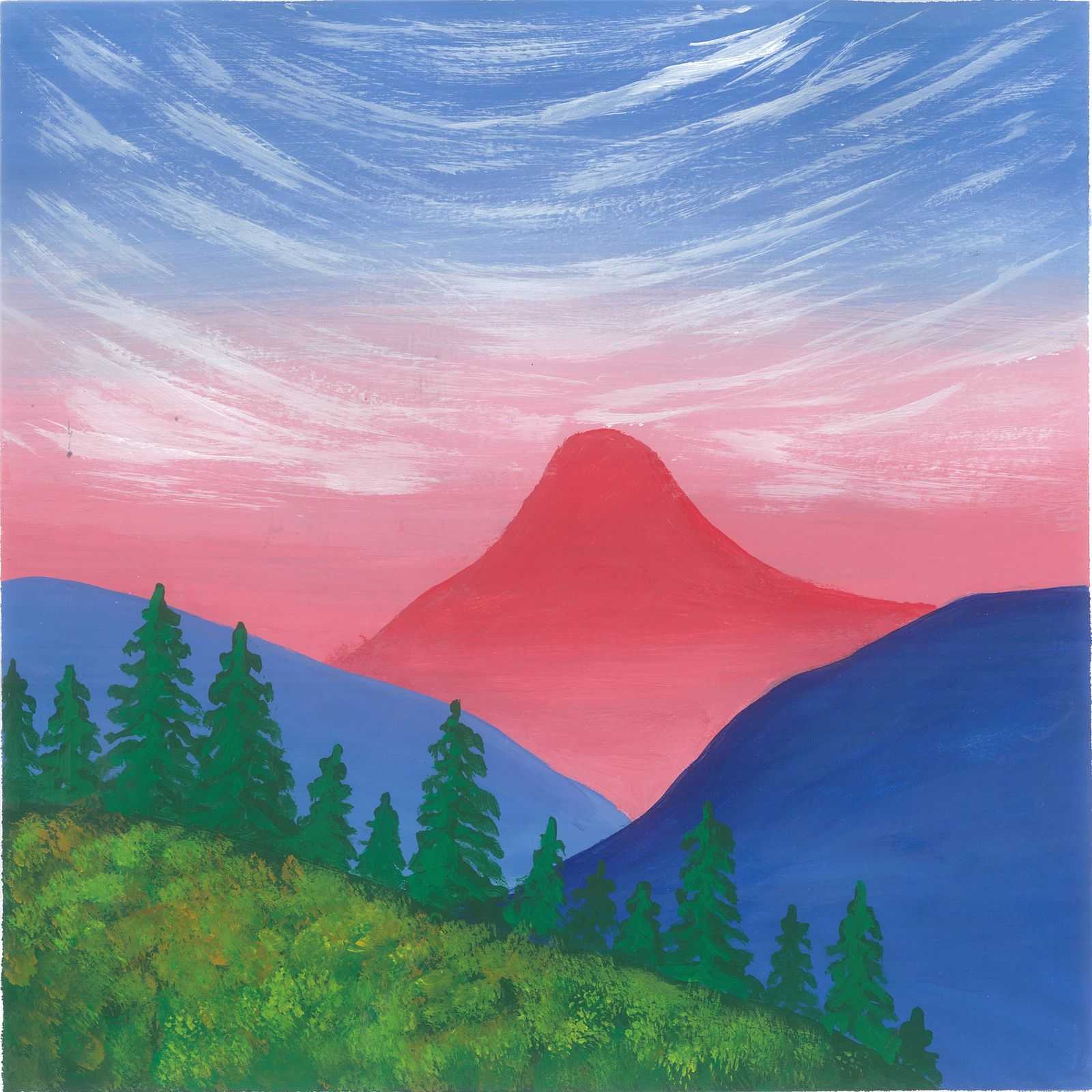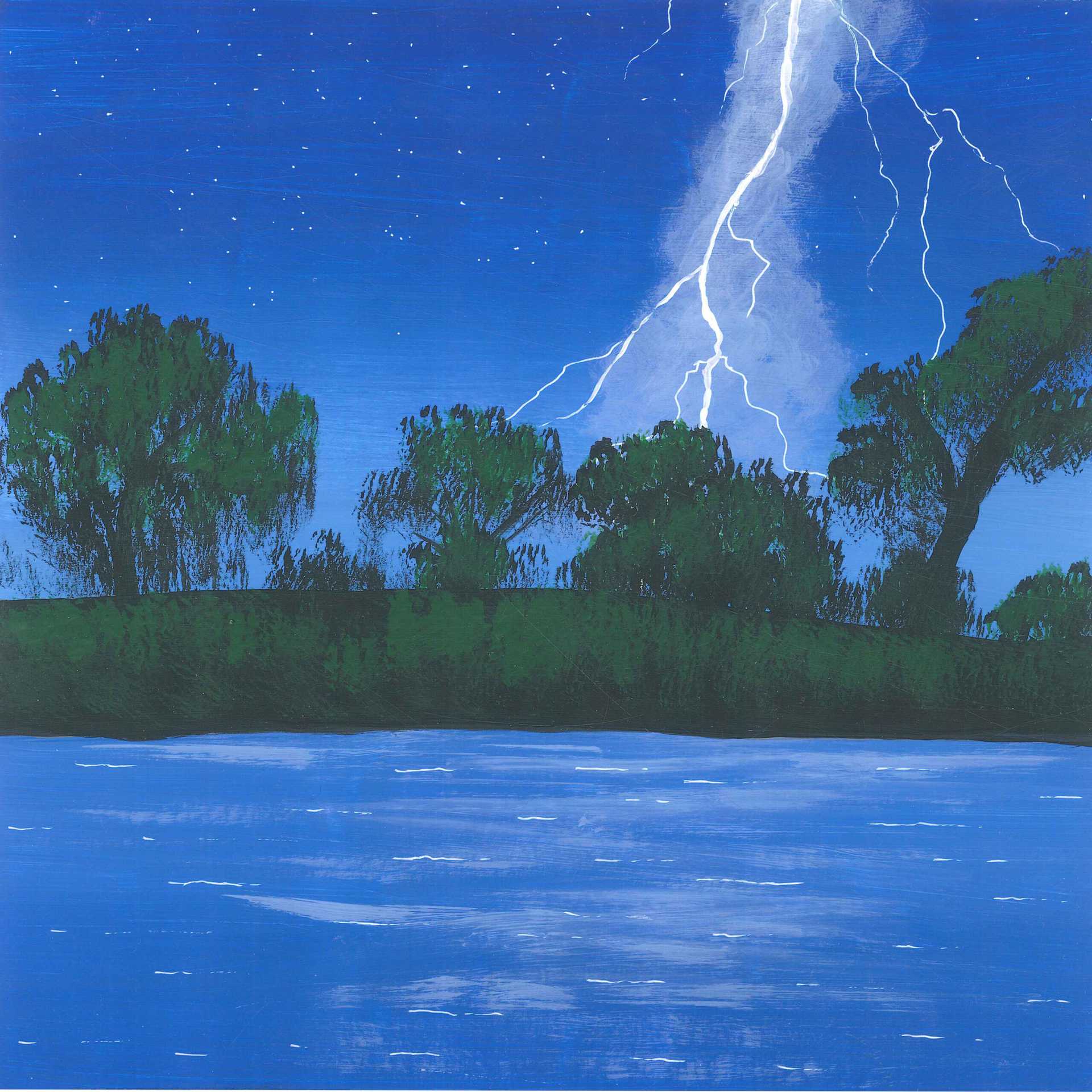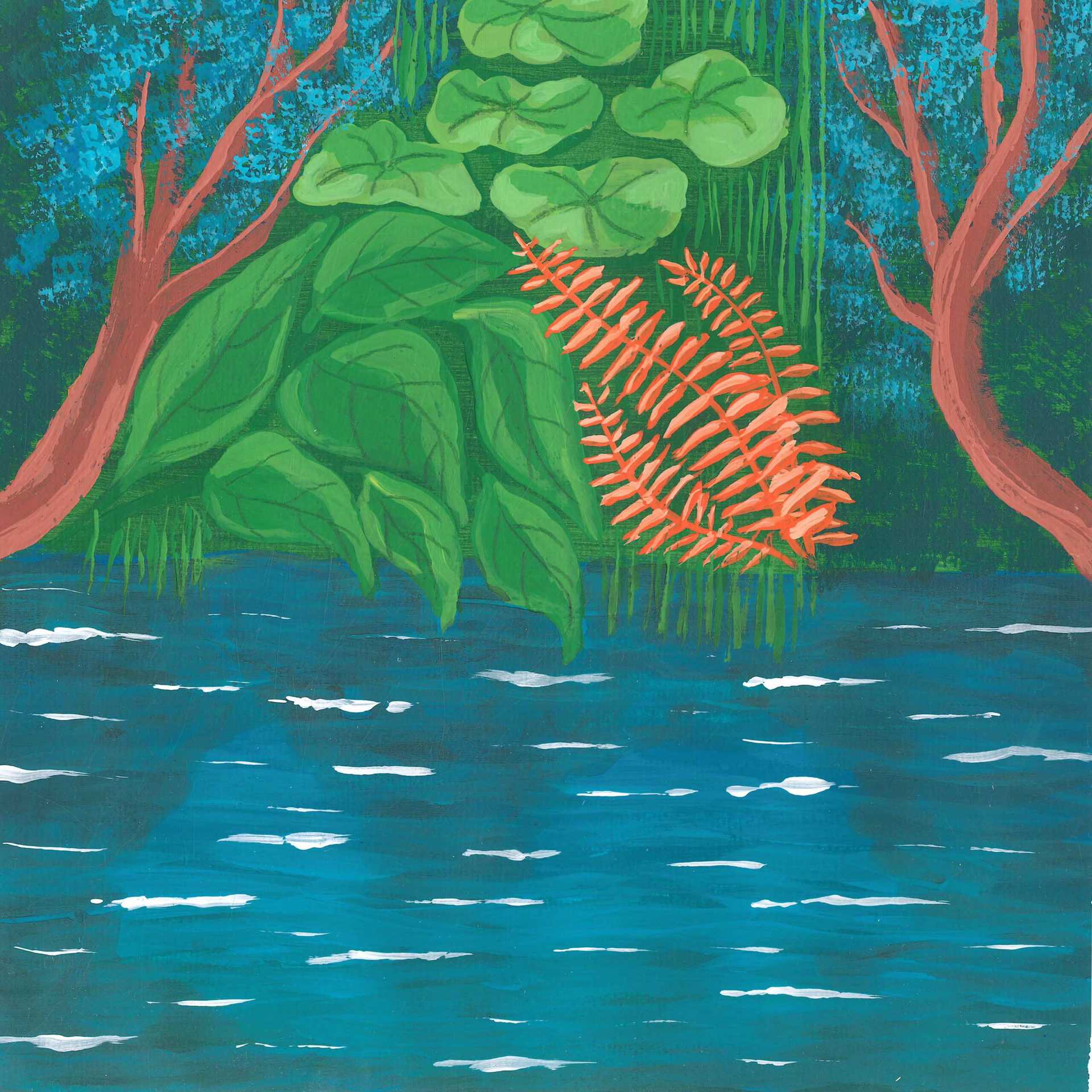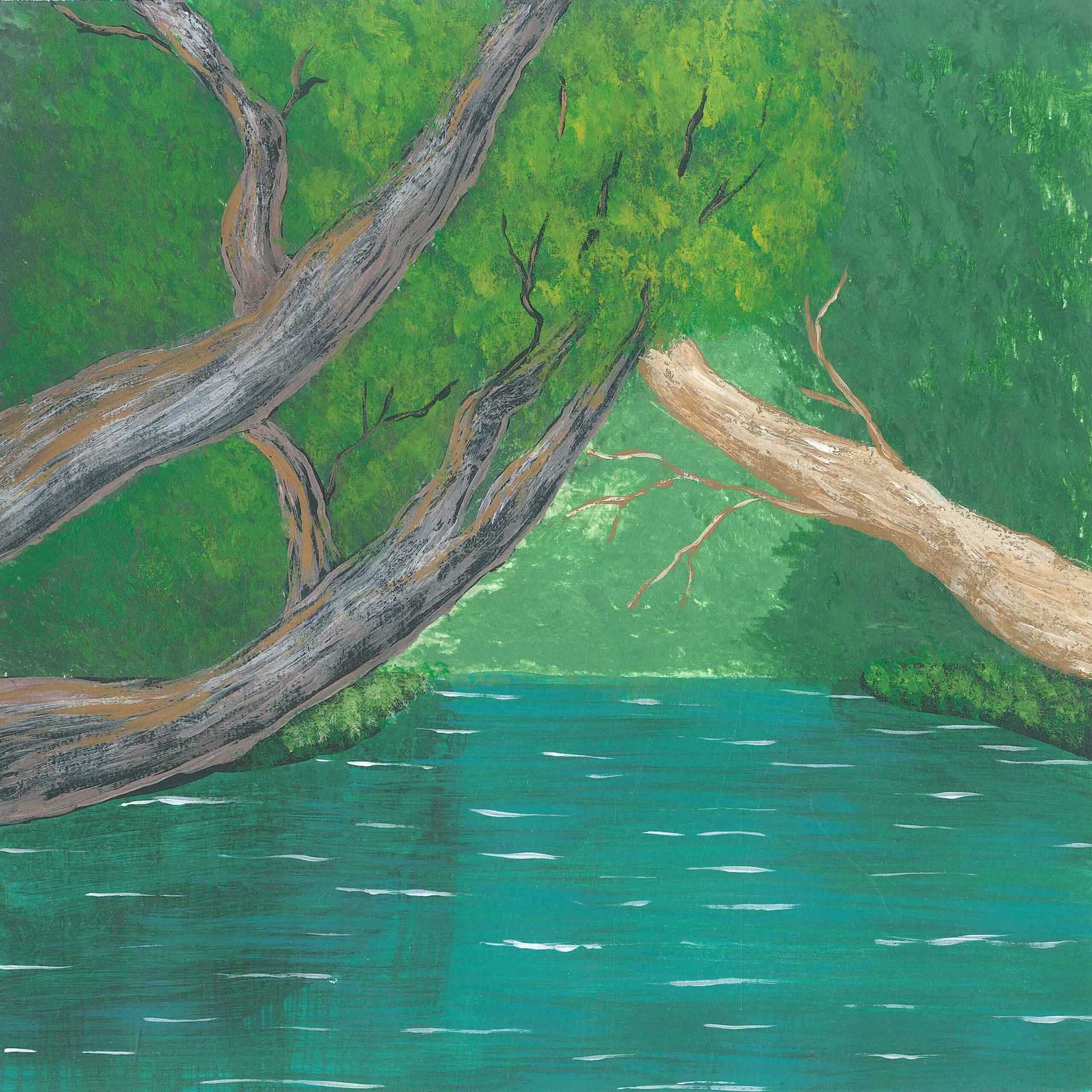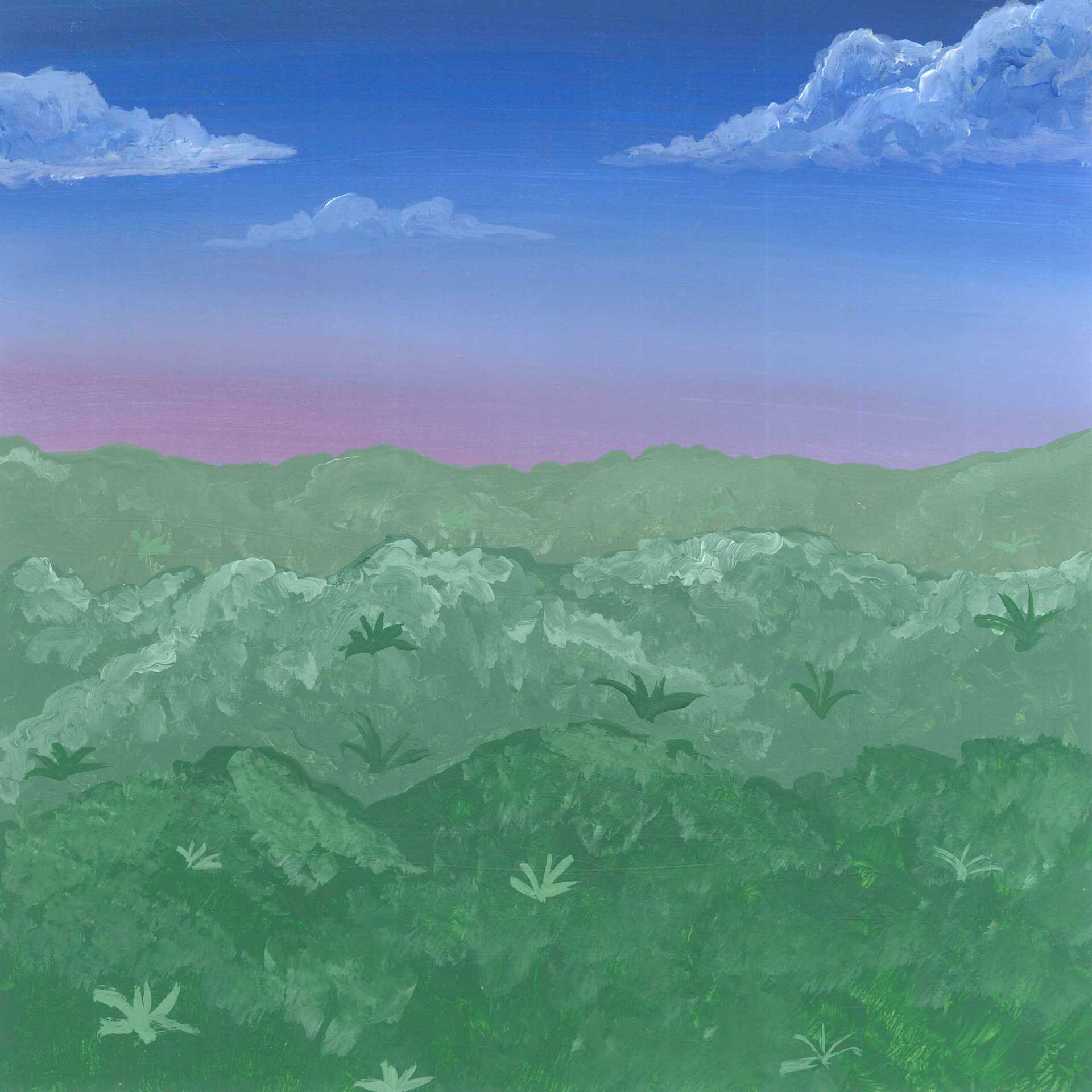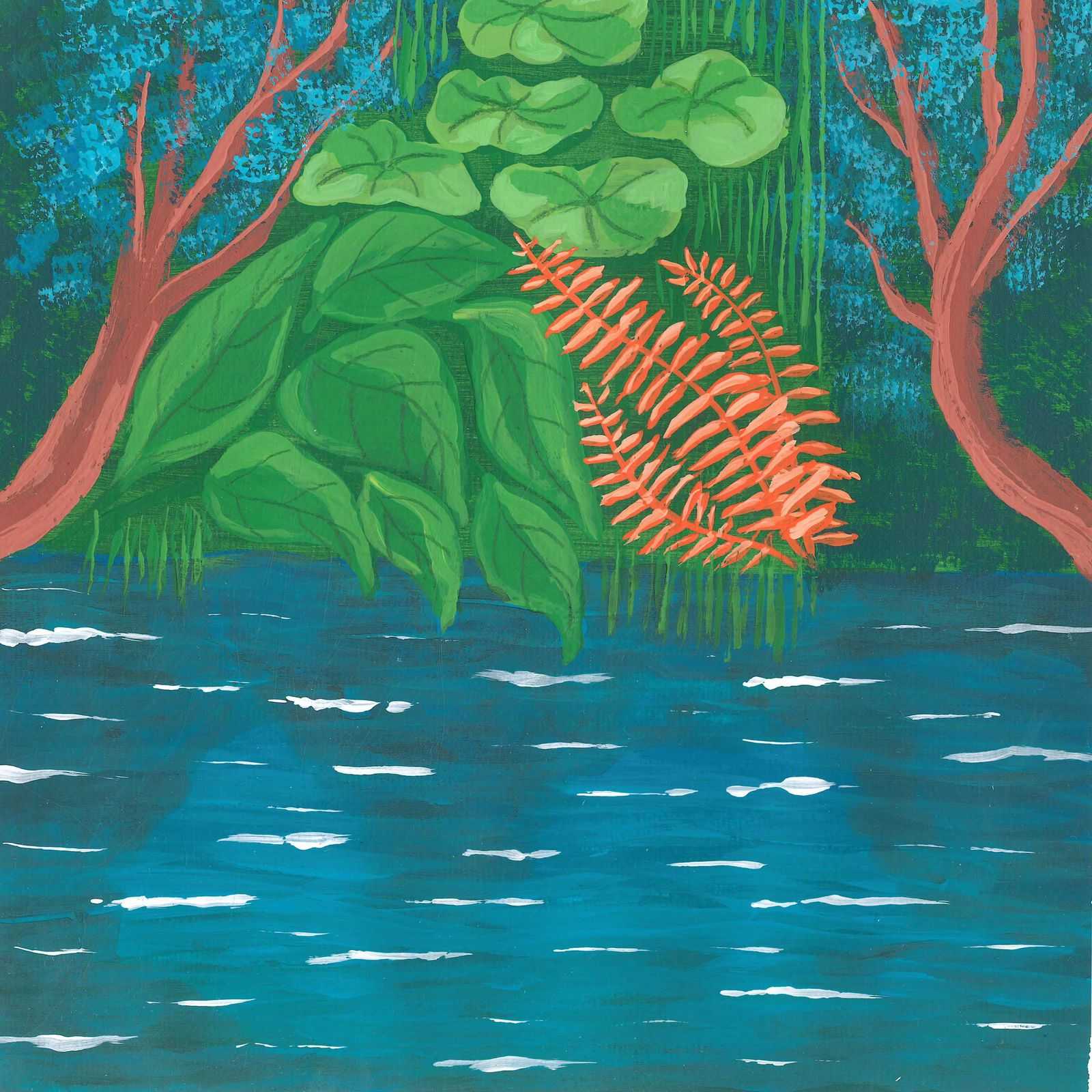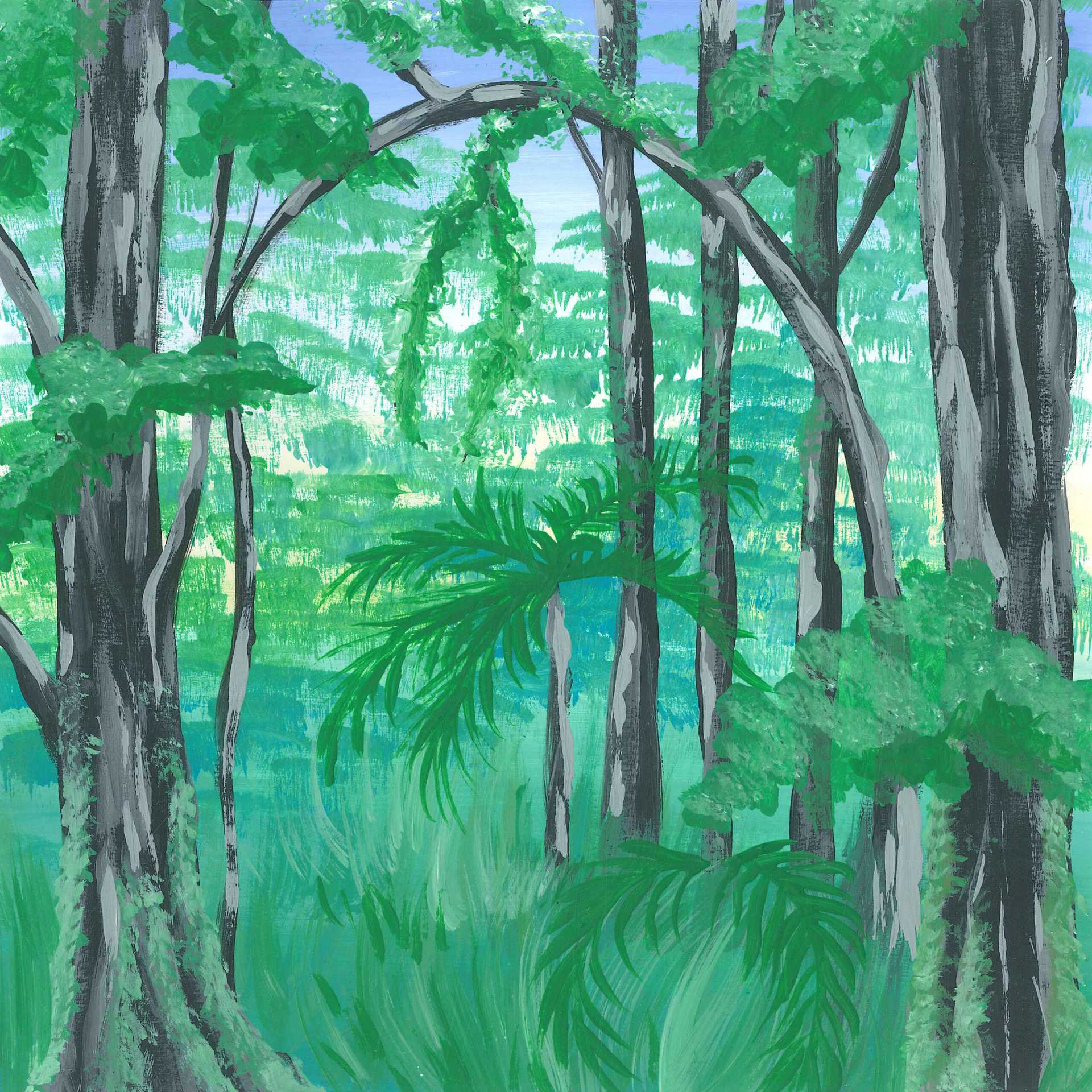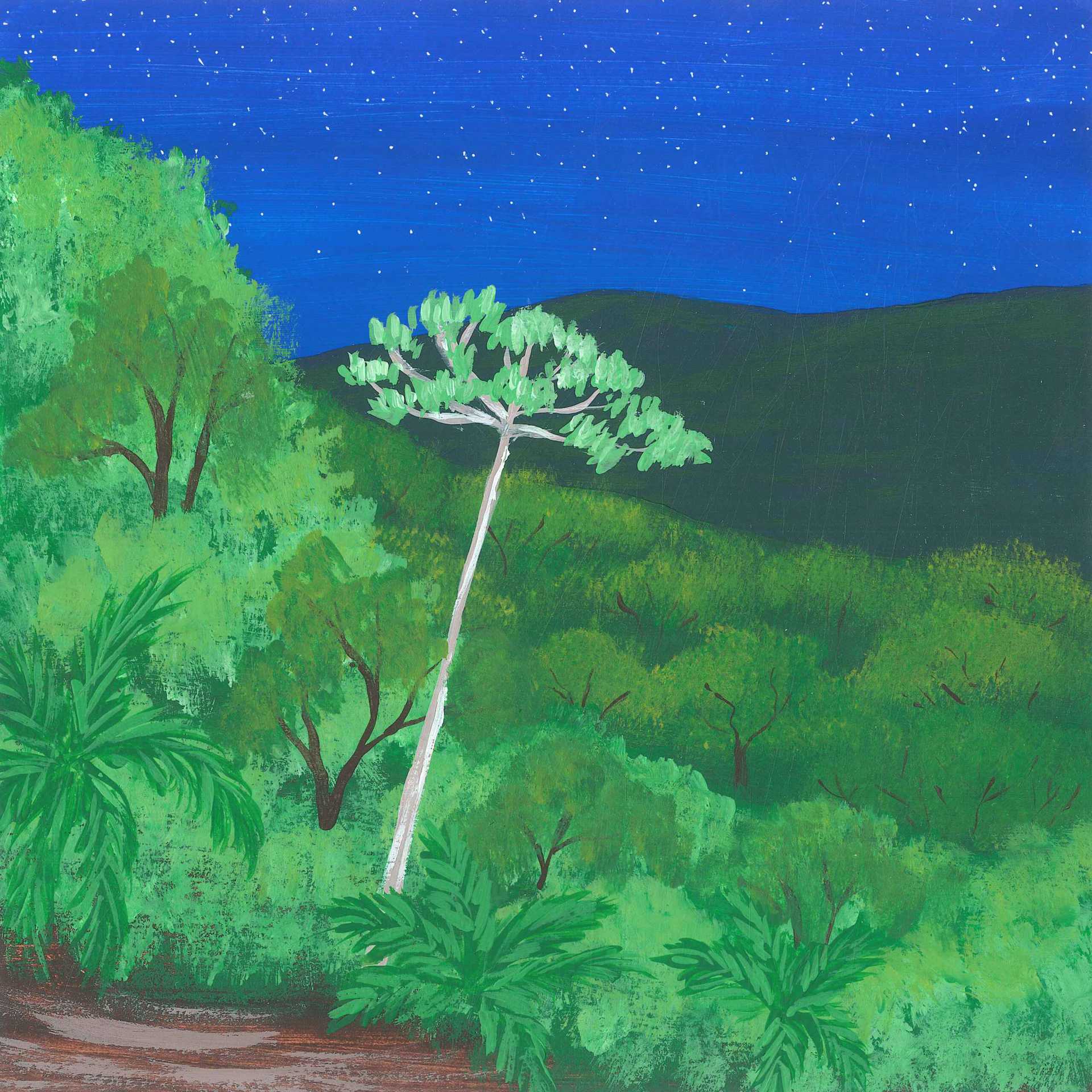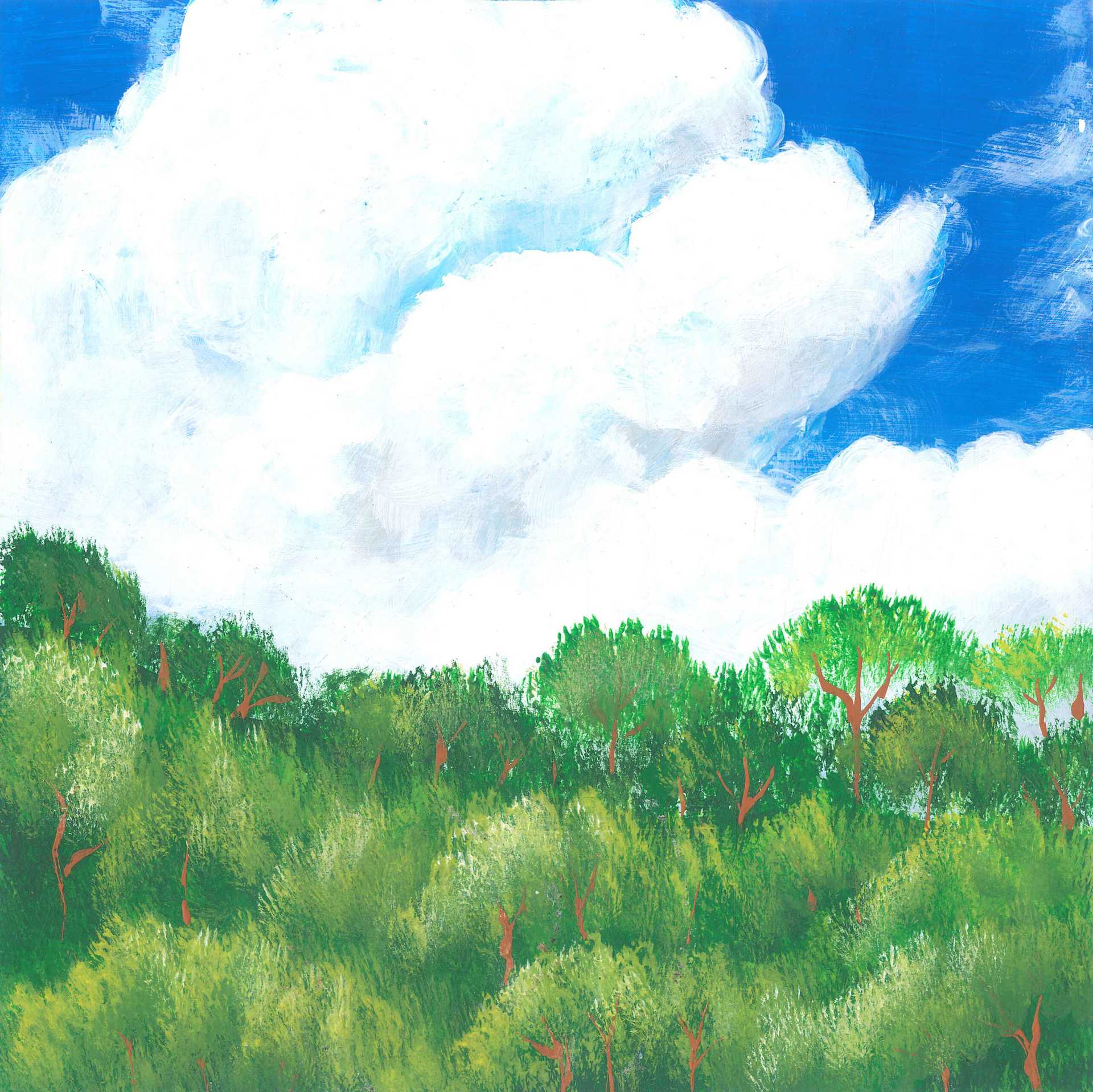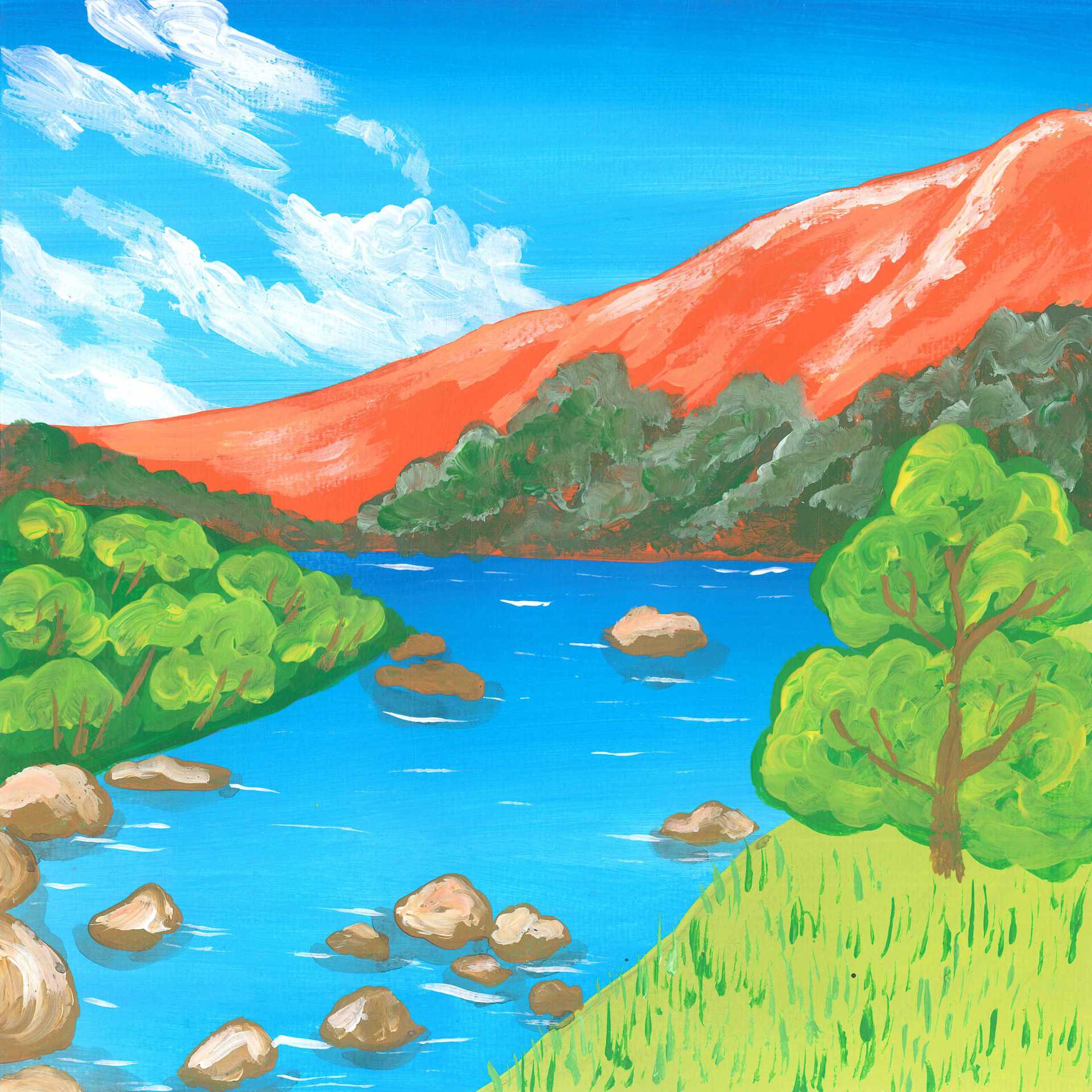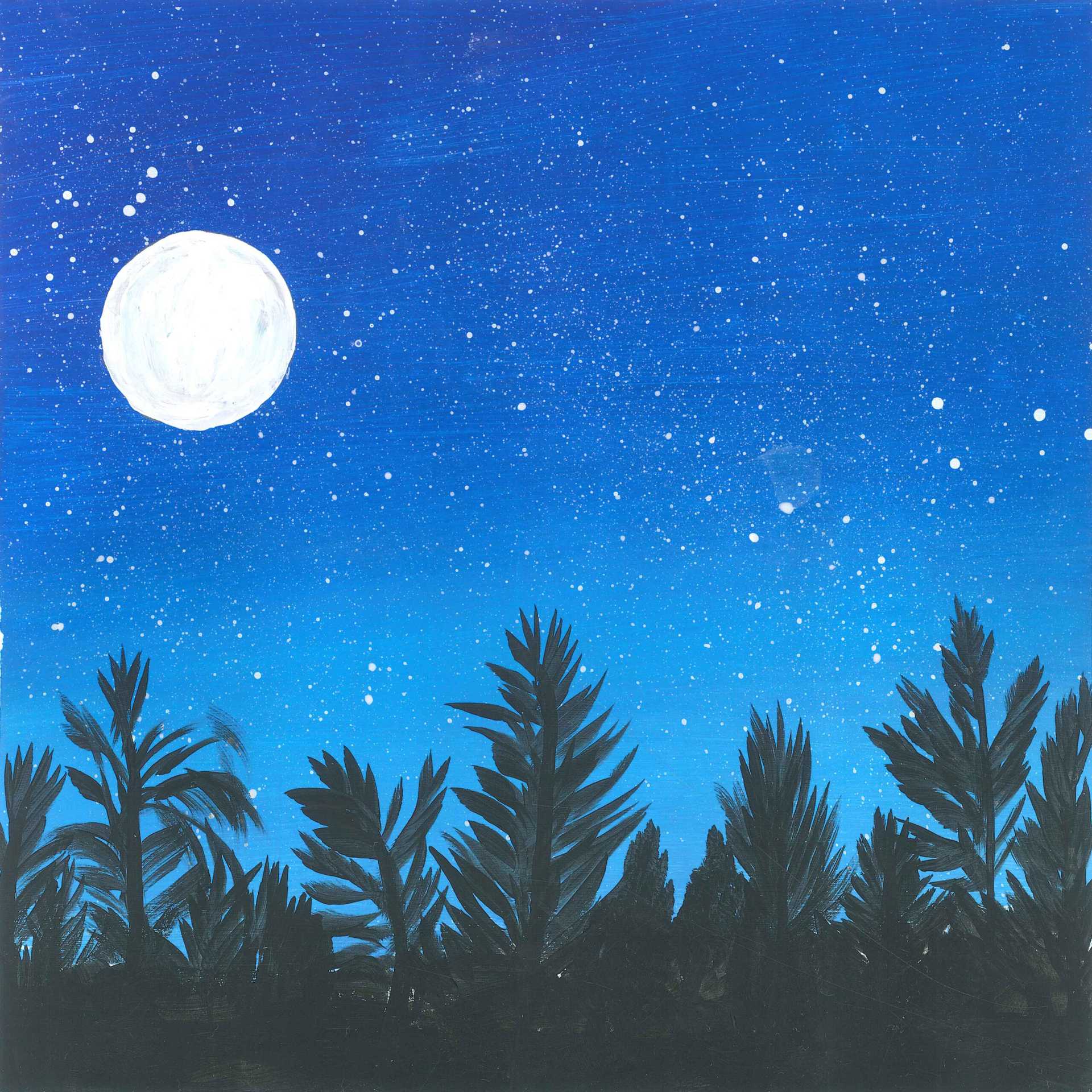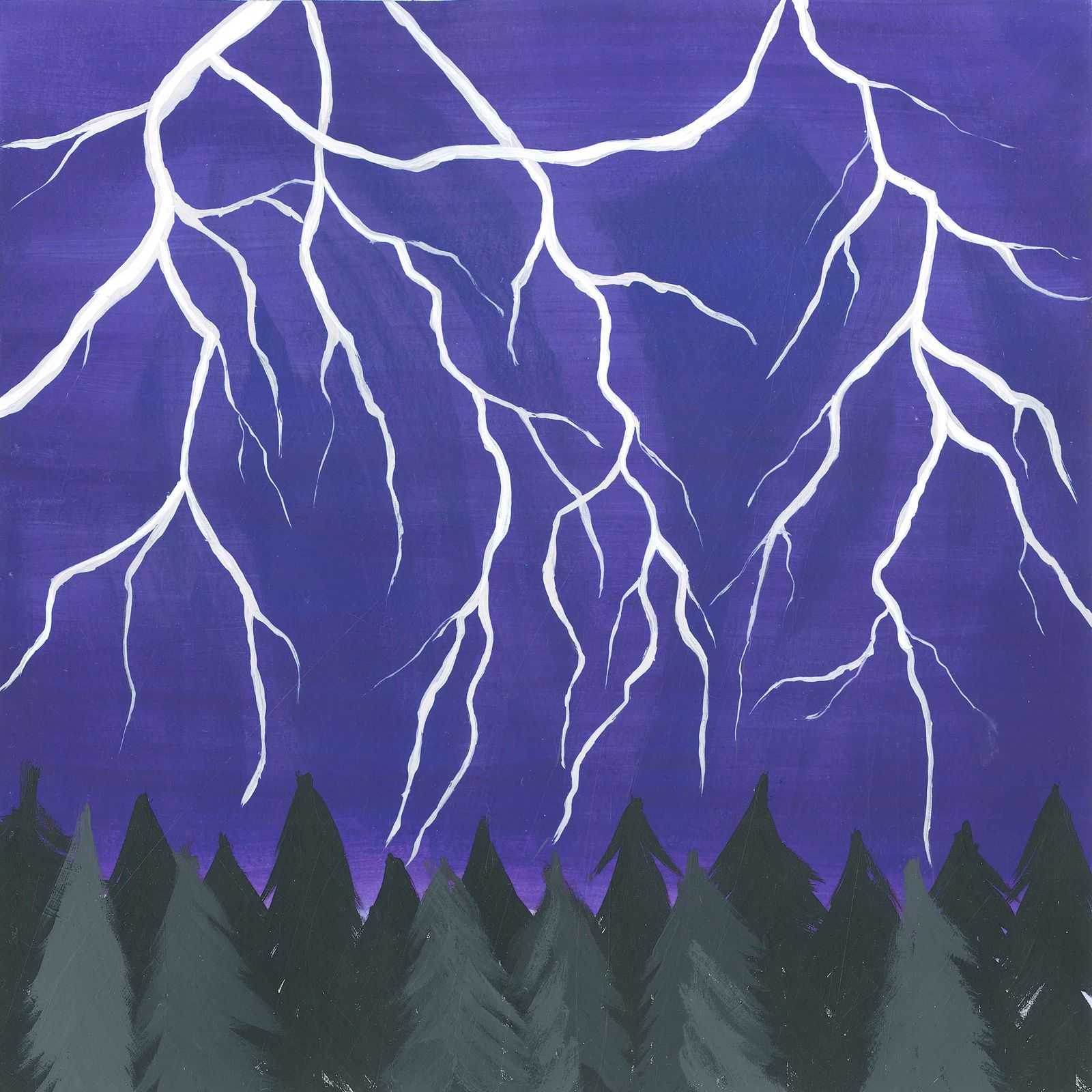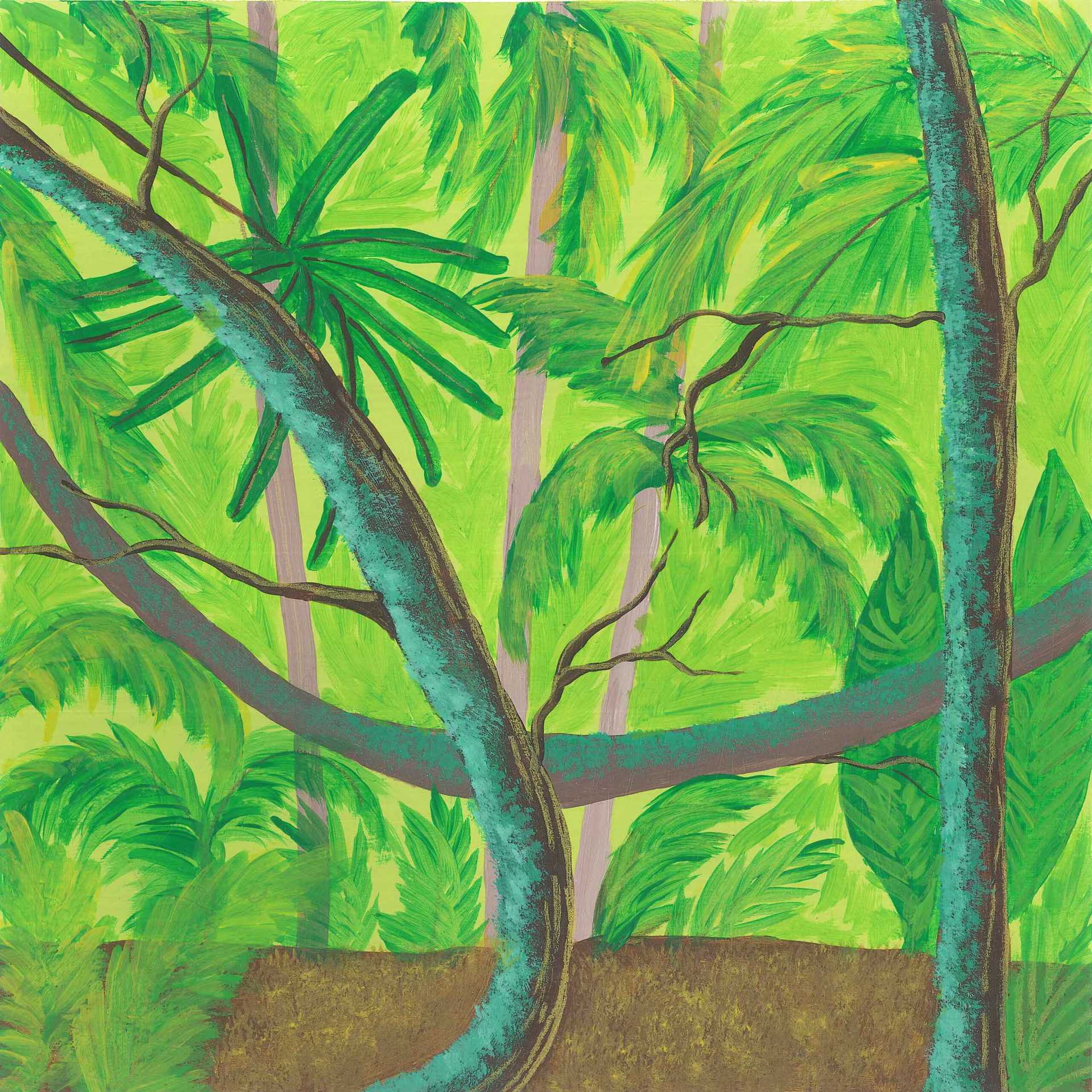How many rainforests are there in the world?
There are rainforests on every continent, except Antarctica. The largest rainforest is the Amazon in South America spreading through Brazil, Bolivia, Peru, Ecuador, Colombia, Venezuela, Guyana, Suriname, and French Guiana, and the Congo rainforest in Africa, surrounding the Congo River. Others are in Southeast Asia, Australia, North America’s Pacific Northwest, and Northern Europe — the latter may have surprised you, but read on.
What are the two types of rainforest?
There are tropical and temperate rainforests.
Tropical rainforests are located between the “latitudes of 23.5°N (the Tropic of Cancer) and 23.5°S (the Tropic of Capricorn)”. You can find them in Central and South America, western and central Africa, western India, Southeast Asia, the island of New Guinea, and Australia. The Amazon rainforest is the world’s largest tropical rainforest.
Temperate rainforests are located in areas with temperatures that are much milder than the tropics, such as on the coasts of the Pacific Northwest in North America, Chile, the United Kingdom, Norway, Japan, New Zealand, and southern Australia.
What is special about the Amazon rainforest?
The Amazon rainforest:
- Covers 4.2 million square miles (6.7 million square kilometers), an area twice the size of India. It covers almost 40% of the South American continent, spanning eight countries and one overseas territory
- Is the largest forest on Earth, meaning it plays a crucial role in the regulation of the global climate
- Is home to more plant and animal species than anywhere else on the planet. On average, a new species is discovered in the Amazon every other day
- Has a human population of 47 million, and, although its 400 Indigenous groups amount to just two million individuals, the areas they inhabit are typically where most biodiversity is found, making them the “guardians of the forest”
- Contains approximately 400 billion trees – three times the number of stars in the Milky Way. They release 22 billion tons (20 billion metric tonnes) of water into the air per day, influencing rainfall cycles
- Locks away 150-200 billion tons of carbon in its trees and soils.
Is the Amazon rainforest endangered?
17%t of the Amazon rainforest is estimated to have already been lost, while 38% of the remaining is already degraded. An area equivalent to five football pitches is cut down every minute.
Deforestation occurs primarily due to cattle ranching and agriculture, the construction of roads and associated infrastructure, illegal logging and mining, land grabs, and speculation.
In combination with deforestation, climate change is enabling the Amazon to reach a tipping point where it would no longer be able to sustain itself as a rainforest, meaning that the carbon release levels will be higher than the carbon stored. The effects will have devastating consequences for the region, the continent, and the world at large.
At risk are:
- The region’s incomparably complex biodiversity (not only in the forest but the river and its associated wetland habitats)
- The livelihoods of its human population
- The cessation of 12,000 year-old cultures
- The carbon it sequesters (the release of which would destabilize the planet’s climate)
- The breadbasket of South America (the Amazon’s hydrological cycle provides vital moisture for agriculture and urban water reserves).
- Avoid food grown on deforested land (such as beef, soybean, and palm oil), to reduce demand.
- Purchase responsibly sourced or recycled products, such as non-tropical hardwood, jewelry made from recycled gold, and paper products that are tree-free, certified by organizations like the Forest Stewardship Council, or made from recycled pulp.
- Buy from companies that donate to environmental causes, such as Certified B Corporations.
- Indigenous peoples are the best protectors of their territories; support their rights and advocate for their sovereignty (consider buying fair trade products made by Indigenous peoples directly, or via services such as Ten Thousand Villages).
- Combat the climate crisis by reducing your use of fossil fuels and the carbon emissions they cause: drive less, cycle and use public transportation more, reduce your thermostat, and reject fast fashion and unneeded air travel.
- Inform yourself about what is happening to rainforests and their Indigenous communities (consider following Survival International, Amazon Watch, and the Rainforest Action Network), learn about their rich cultures, and share these stories to increase awareness.
- Call, email, or attend elected representatives’ public meetings to encourage their support of low-carbon development agendas and the prioritization of responsible sourcing and deforestation-free supply chain policies.
- If you are able, donate, volunteer, or fundraise.




